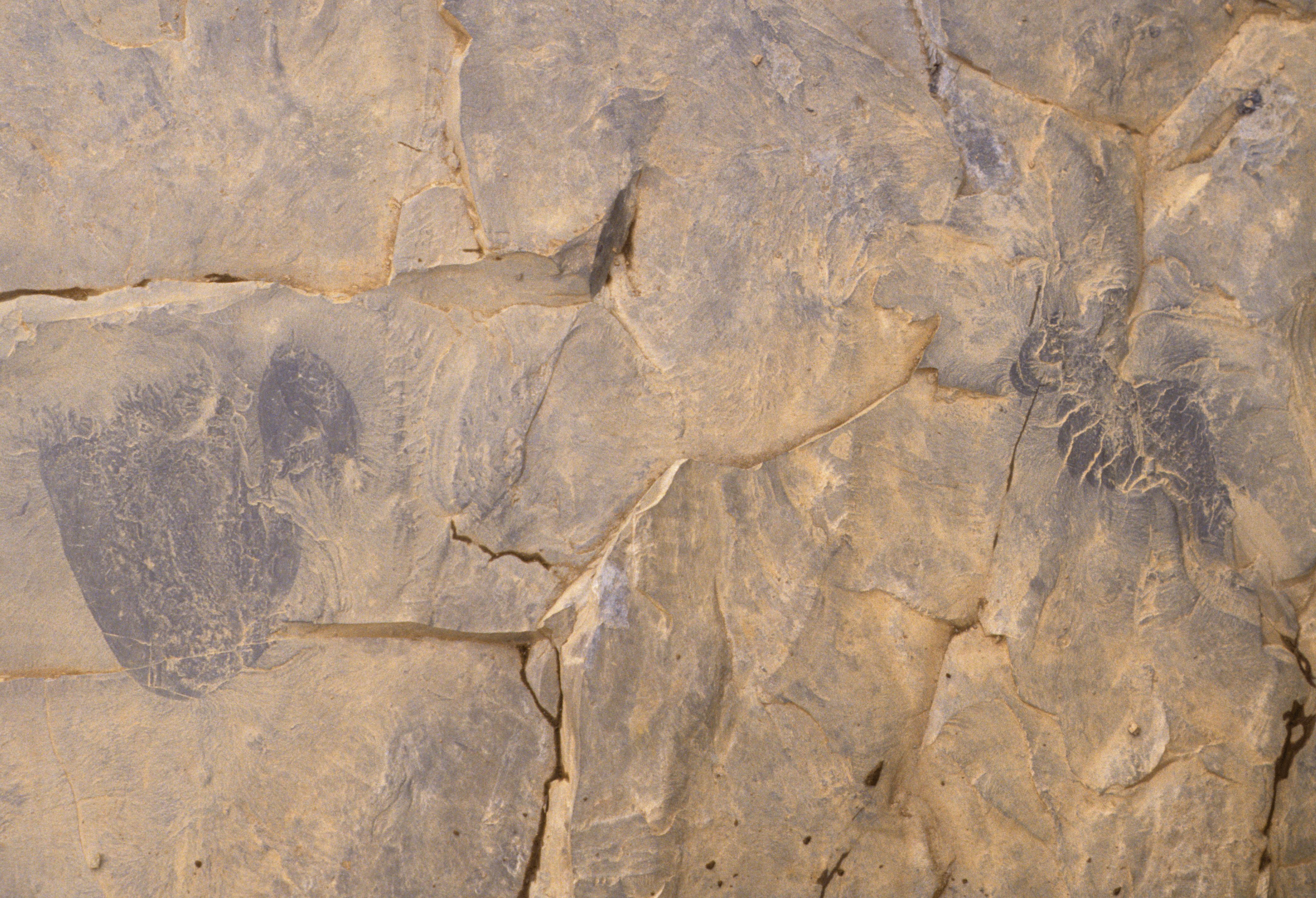Jellyfish might be famous for all the wrong reasons: stinging you on holiday and wafting through the ocean resembling a fried egg with no need for a brain or an anus. However, these funky creatures have been floating through Earth’s seas for a long long time and represent one of the earliest branches of diverse animals.
With their squishy bodies, long tentacles, and being around 95 percent water, jellyfish are not typically preserved well in the fossil record and researchers have questions about how certain features and adaptations within different jellyfish groups have evolved. Now, a new fossil called Burgessomedusa phasmiformis is the oldest example of a free-swimming medusa in the fossil record and it has 90 tentacles to boot.
“Although jellyfish and their relatives are thought to be one of the earliest animal groups to have evolved, they have been remarkably hard to pin down in the Cambrian fossil record. This discovery leaves no doubt they were swimming about at that time,” said co-author Joe Moysiuk, a PhD candidate in Ecology & Evolutionary Biology at the University of Toronto, in a statement.
At the Royal Ontario Museum (ROM), over 170 body fossils from the Cambrian Burgess Shale, Canada, were studied. The new jellyfish is thought to have been around 20 centimeters (8 inches) tall and possessed 90 short, finger-like tentacles. The specimens were mostly found in the 1980s and 1990s. The presence of tentacles in the species suggests that this was a free-swimming predatory jellyfish that could have taken on sizable prey.
“Finding such incredibly delicate animals preserved in rock layers on top of these mountains is such a wonderous discovery. Burgessomedusa adds to the complexity of Cambrian foodwebs, and like Anomalocaris which lived in the same environment, these jellyfish were efficient swimming predators,” said co-author, Dr Jean-Bernard Caron, ROM’s Richard Ivey Curator of Invertebrate Palaeontology. “This adds yet another remarkable lineage of animals that the Burgess Shale has preserved chronicling the evolution of life on Earth.”
Burgessomedusa phasmiformis jellyfish and the top arthropod predator Anomalocaris canadensis.
Image Credit: Photo by Desmond Collins. © Royal Ontario Museum
The team think that this old jellyfish shows that complex life cycles in this group of jellys likely evolved during the Cambrian explosion.
Jellyfish life cycles are remarkably complex with a polyp stage that makes aging and classifying different species quite tricky. Ancient species of Cnidarians, which include the jellyfish, would have been either stalked (attached at one end) or free-swimming. Finding a 500-million-year-old free-swimming jellyfish with a typical bell-shaped body helps scientists establish when this lifestyle might have evolved.
The paper is published in Proceedings of the Royal Society B: Biological Sciences.
Source Link: 505-Million-Year-Old Jellyfish With 90 Tentacles Is Oldest Swimming Jelly In Fossil Record
